Here are ten snakes you do not want to meet up with in a dark alley. They are both deadly and devious. It is what you do not know about them, their fierceness and stealth, that can kill you!
Jararaca
Meet the Jararaca, the best-known venomous snake in wealthy and heavily populated areas of southeastern Brazil. Between 1902 and 1945, this snake was responsible for 52% (3,446 cases) of snakebites, with a 0.7% mortality rate (25 deaths). Their venom is slightly more toxic than that of the terciopelo or fer-de-lance so stay clear.
Russell’s Viper
Next up on our list is the Russell’s Viper. There is only one species in the entire genus and it can be found all throughout Asia, focusing primarily on Southeast Asia. The snake was named after a herpetologist named Patrick Russell. Russell’s Snake, also known as the Daboia, is considered one of India’s ‘Big Four’. It is considered one of the deadliest snakes on the entire planet thanks to its aggressive nature and location in highly populated areas. We can’t verify this firsthand, but studies have shown that the Russell’s viper is also one of the loudest snakes, in terms of their hiss, on the entire planet. Daboia focus primarily on hunting small rodents, birds, lizards, and even scorpions. Young Daboia are also cannibalistic, something rare of the spider family.
Coastal Taipan
The Coastal Taipan species is that of large, highly venomous snake belonging to the family Elapidae, ick. It is also a native to the coastal regions of northern and eastern Australia and the island of New Guinea. According to most toxicological studies, this species of snake is actually the sixth-most venomous land snake in the world.
Yellow Bellied Sea Snake
Typically the Yellow bellied sea snake can be found in tropical oceanic waters and yes, this snake’s venom is highly potent. If it provides any comfort, they do have a rather distinctive bicolor pattern as they have a yellow underbelly and brown back. Basically, if you see one, get out of there.
Tiger Keelback
via Snakes of Taiwan
Tiger Keelback snakes are a water snake from Japan but it can be found throughout Eastern Asia. These snakes only grow to around 3 feet in length and it is very shy, which has led many people to presume that it is harmless — this is not the case. They also have the ability to consume toxic creatures, store it in their own glands, before releasing it at a later time as an extra attack.
Terciopelo
Meet the Bothrops asper or the terciopelo, which is a rather venomous pit viper species that hails from southern Mexico to northern South America. Yay? It’s often referred to as the “ultimate pit viper”, (so not yay) these snakes are usually found in a wide range of lowland habitats, often near human habitations. Most believe that because of its proximity to human habitations, that’s probably why it is considered more dangerous to humans than others. Makes sense.
Burrowing Asp
Nope, nope, nope. The Burrowing Asp is a particularly dangerous creature to small children thanks to how they are prone to hiding underground. Protruding fangs are poisonous enough to cause some serious damage were they to get into contact with your skin. This small snake is from Africa and typically eats rodents. They can also inject their poison deeper than any other snake.
Forest Cobra
The Forest Cobra is also known as the black cobra or the black and white-lipped cobra. This snake is native to Africa, mostly in the central and western parts of the continent. While bites to humans are actually far less common than from other African, a bite from this species is a life-threatening emergency.
Saw Scaled Viper
via Flickr
Right now the Middle East is a violent place for a number of reasons and it seems like the Saw Scaled Viper is just getting in on the action. Particularly found in India, China, and Asia these vipers are nocturnal, mean, and they are very, very, fast. The Saw Scaled Viper will bring pain immediately upon their bite and it will quickly lead to swelling and then bleeding from your mouth. Your blood pressure will plummet, your heart rare will slow, and you’ll likely be in pain for the next four or five weeks. Without treatment you could be dead within a day, or suffer for two weeks before finally tapping out.
Common Krait
via Flickr
The next member of India’s ‘Big Four’, and one of the most dangerous snakes on the planet, is the Common Krait. These snakes grow anywhere from three to five feet in length and they have a very flat head with almost no neck to show. The Common Krait changes in its ferocity depending on when you stumble across them. During the day the snake will hide and when found reacts rather slow. At night, however, the Common Krait will bite at the first sign of annoyance while becoming agitated much more quickly. Nerve damage, muscle paralysis, and brain damage can result from an untreated Krait bite.
It should be noted that many of these snakes come from Asia, India, and Australia. We here in the west may never have the opportunity of seeing them let alone running into them in the wilderness. Yet, It is fascinating to know that these rare, for us, snakes are not just deadly but are also elusive, managing to subsist in unique climates and unfathomable conditions!
When the world comes to the end many say the cockroach will be the only thing left alive but we bet the snake will be there too, ready to do battle with whoever or whatever gets in his way! For additional fascinating facts on the most venomous snakes in the world, check out Horizon Times.
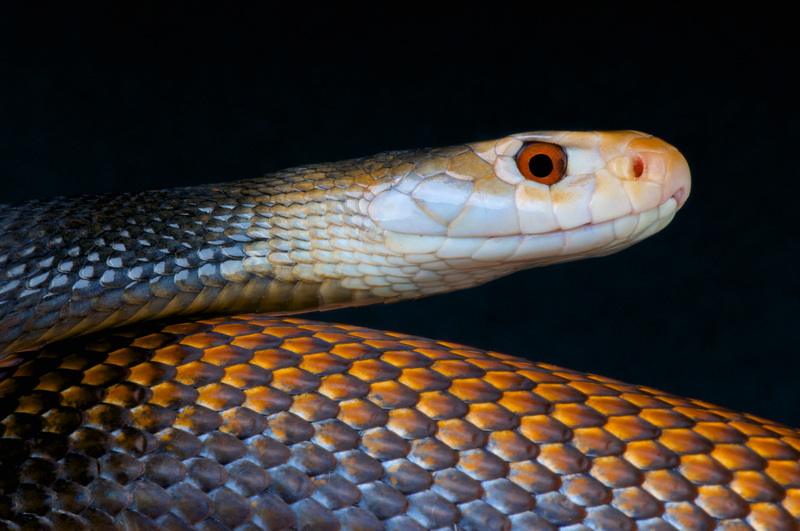
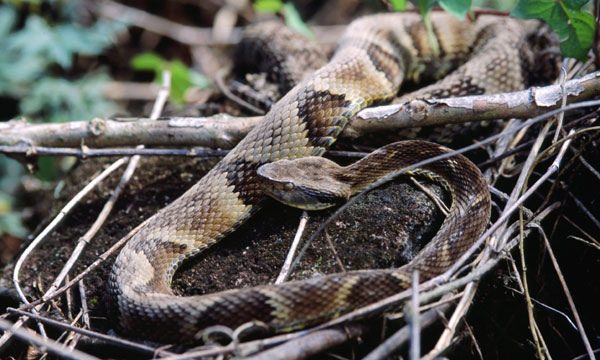
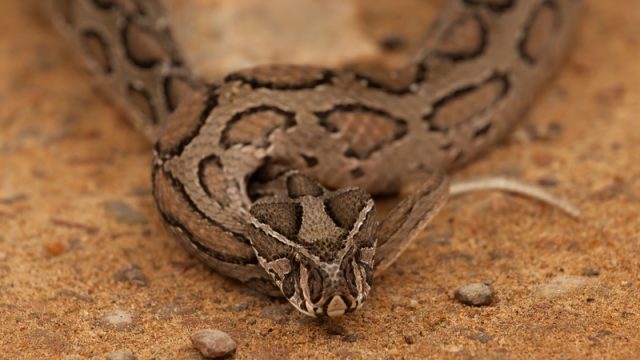
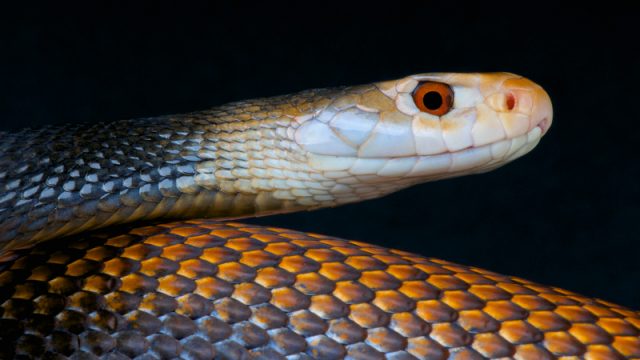
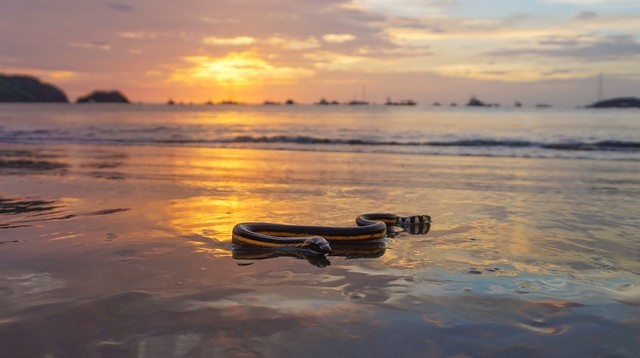
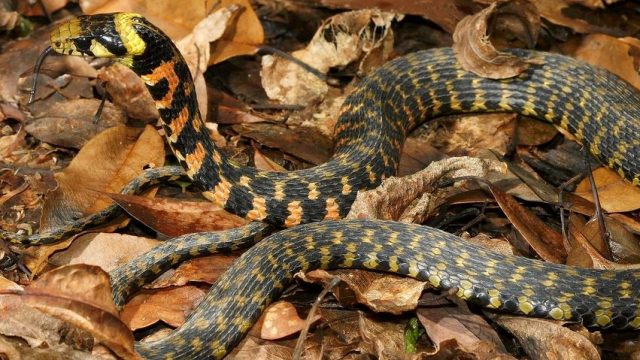
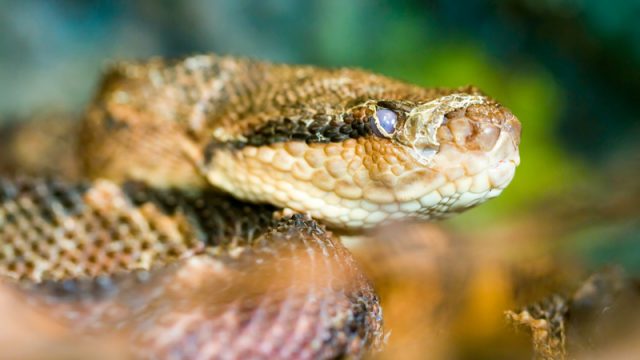
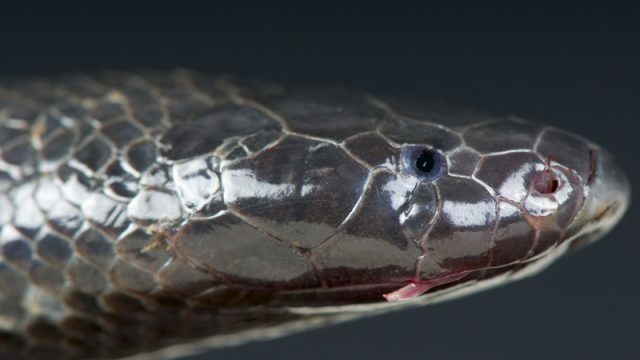
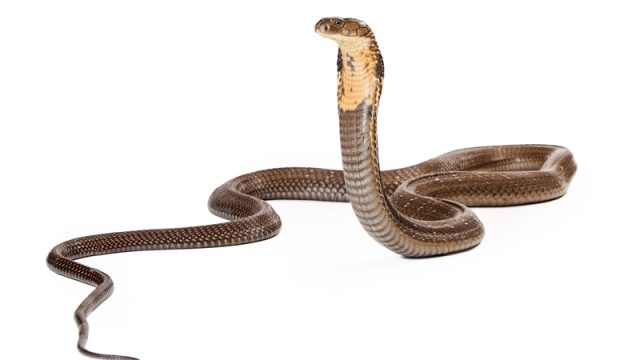
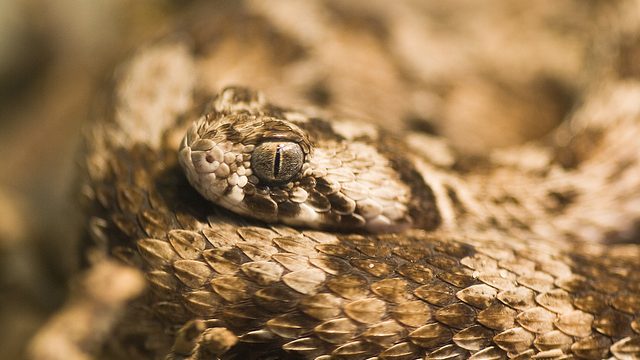
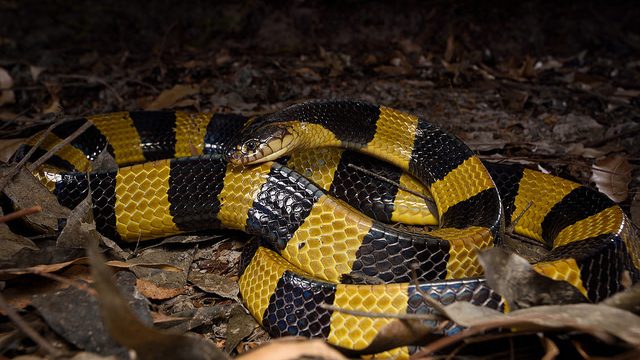
Y’all almost posted an article without being wrong. The burrowing asp is not “poisonous.” However, the interesting thing about the tiger keelback is that it is both venomous and poisonous.
Deadliest snakes in the WORLD?? You missed Africa’s deadliest snakes.